Home » Flexible Packaging Design Tips for Brands
Flexible Packaging Design Tips for Brands

The journey of creating a compelling flexible packaging design starts with gaining insight into your target demographic. Thoroughly understand their needs, preferences, and factors that influence their purchasing behavior. Furthermore, identify their aesthetic inclinations to ensure your design appeals to them directly.
The Power of Branding in Packaging
When it comes to packaging design, each element should echo your brand’s essence. This includes your color palette, logo, font choices, and even the packaging’s shape and structure. Consistent brand representation across every platform and product strengthens your brand recognition and promotes customer loyalty. It’s worth remembering that your product’s packaging serves as a silent salesperson in a retail environment.
Sustainability: A Crucial Design Element
As we progress into an increasingly eco-conscious world, integrating sustainability into your flexible packaging design becomes not only desirable but also necessary. This can range from using recyclable materials to minimizing waste or creating designs that promote reuse or are biodegradable. Incorporating these elements will not only win over eco-conscious consumers but also support your brand’s broader corporate social responsibility initiatives.
Balancing Aesthetics and Functionality
While eye-catching design is important, it is equally essential to ensure that your packaging is functional and user-friendly. The packaging should be simple to open, close, transport, store, and discard. If your product is intended for multiple uses, consider a design that can be easily resealed to preserve the freshness of the product.
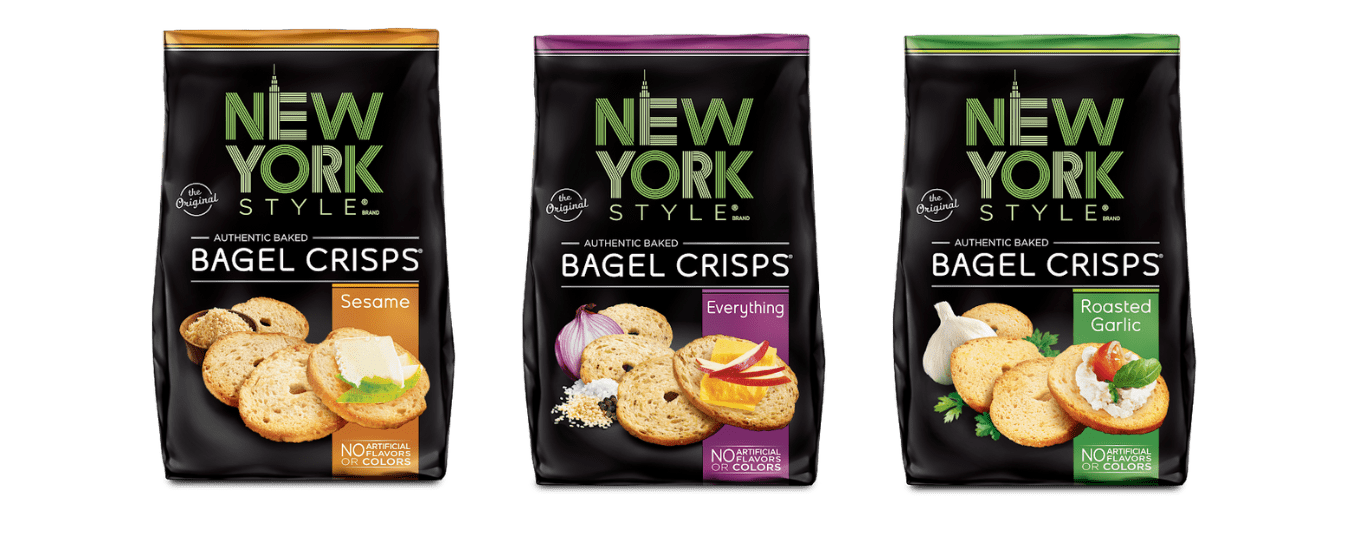
Maximizing Shelf Impact
In a market where your product is positioned amidst a sea of competitors, it is vital that your packaging design stands out. Leveraging bold colors, distinctive shapes, clear and concise product information, and high-quality imagery can all draw consumer attention. One effective approach is ‘billboarding,’ where placing multiple packages together creates a larger image or message, enhancing visual impact.
Incorporating Technology for Enhanced Engagement
In today’s digital world, your flexible packaging design can be elevated by the inclusion of elements such as QR codes, augmented reality (AR), or radio-frequency identification (RFID) tags. These technological features can offer consumers additional product details, interactive experiences, or tracking capabilities. This deepens the level of engagement with your brand, fostering a strong customer-brand relationship.
Crafting an Informative Yet Simple Design
Striking the right balance between providing necessary information and maintaining a clean, uncluttered design is key to successful packaging. It’s important to include details about your product – its uses, ingredients, and benefits. However, these should be conveyed in a clear, concise manner to prevent overwhelming the consumer. Make use of easy-to-read fonts and an intuitive layout to enhance readability.
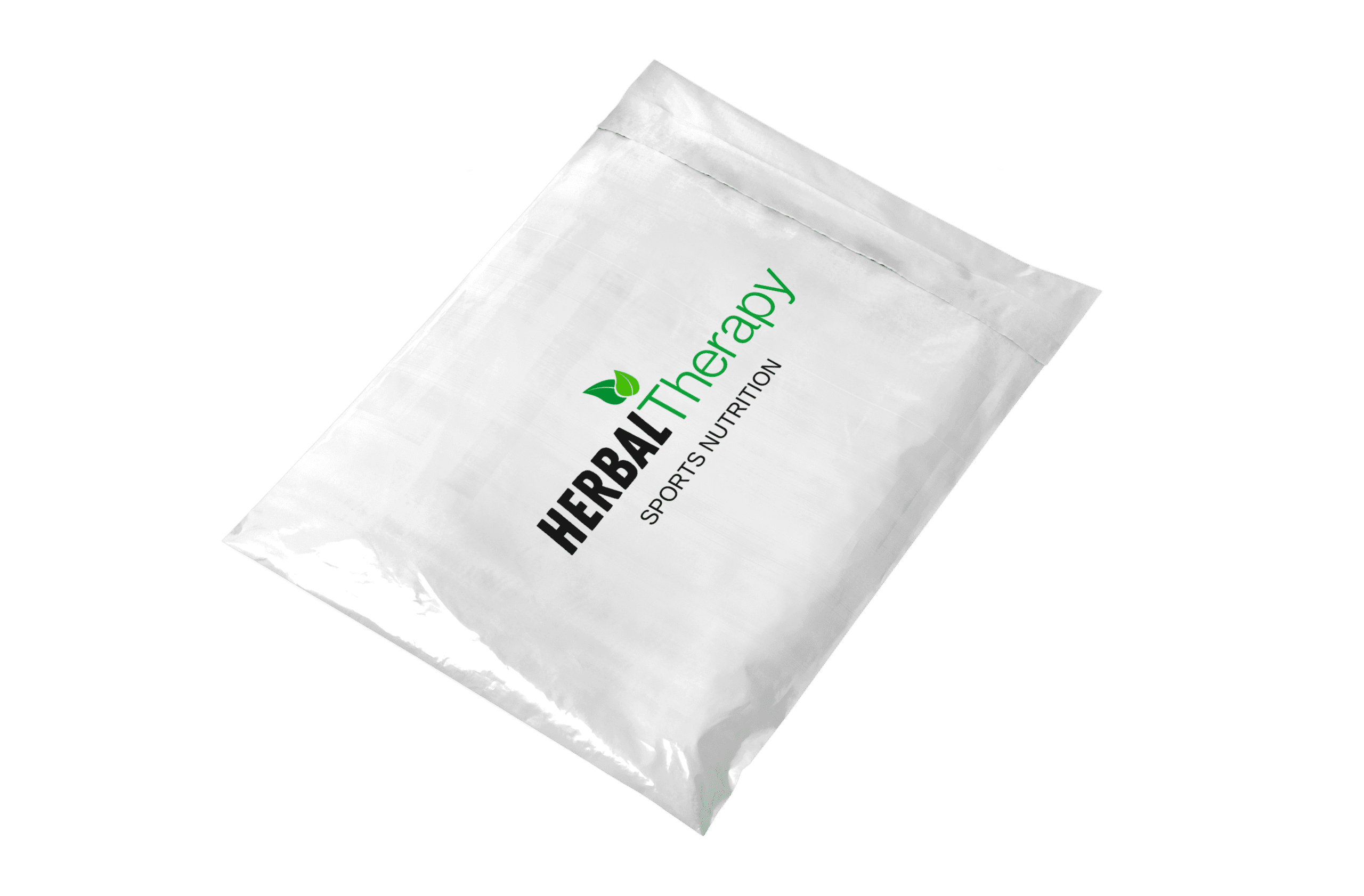
Considering the Production Process
While you might have a plethora of creative ideas for your packaging, it’s crucial to consider the technical aspects as well. Think about how your design will translate during the printing and production process. Some colors and designs might look great digitally but may not come out as expected in print. Consult with your packaging manufacturer to ensure your design is feasible and cost-effective to produce.
Using Design to Tell a Story
Your packaging can serve as a canvas to tell your brand’s story. Is your brand all about being organic and sustainable? Then, perhaps, a minimalist, earthy design would convey this message best. Or, if your brand stands for luxury and sophistication, you might opt for a sleek, premium-looking design. The key is to ensure that the packaging design aligns with your brand narrative, creating a meaningful connection with your audience.
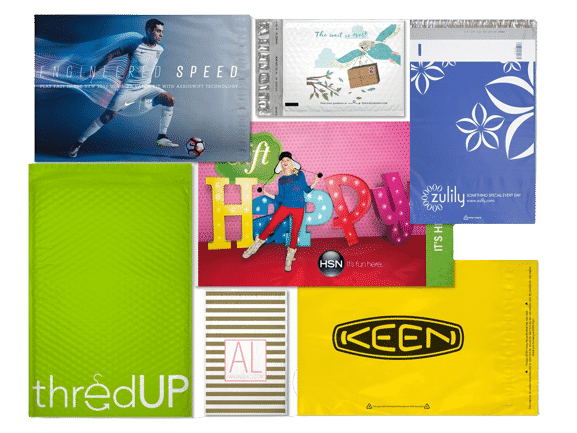
Testing and Iterating the Design
Lastly, never underestimate the value of testing your packaging design. This can involve creating multiple design prototypes and gathering consumer feedback through focus groups or surveys. Based on the results, you can refine your design to better meet your customers’ expectations. Remember, the design process is iterative, and it’s okay to go back to the drawing board to make improvements.
If you are interested in flexible packaging, then partner with Brown Packaging today to get started.
With new tariff proposals and continued trade uncertainty, 2026 is shaping up to be another pivotal year for packaging sourcing strategy. Many companies that shifted
Following multiple rounds of tariff changes and trade policy adjustments, 2026 marks a turning point for U.S. packaging buyers. Many who previously transitioned from China
Shifting packaging production from China to the U.S. can help stabilize costs, reduce tariff exposure, and shorten lead times. But the transition process requires careful
RSC boxes are known for their efficiency and versatility, but their performance ultimately comes down to strength. Buyers often see numbers like ECT, BCT, and
In packaging, foam isn’t just about initial protection — it’s about maintaining performance over the entire shipping or storage cycle. Compression set and recovery characteristics
Pouches are a go-to for flexibility and convenience, but they can fail in critical ways—from poor seals to punctures and delamination—that hurt performance and brand
Home » Flexible Packaging Design Tips for Brands
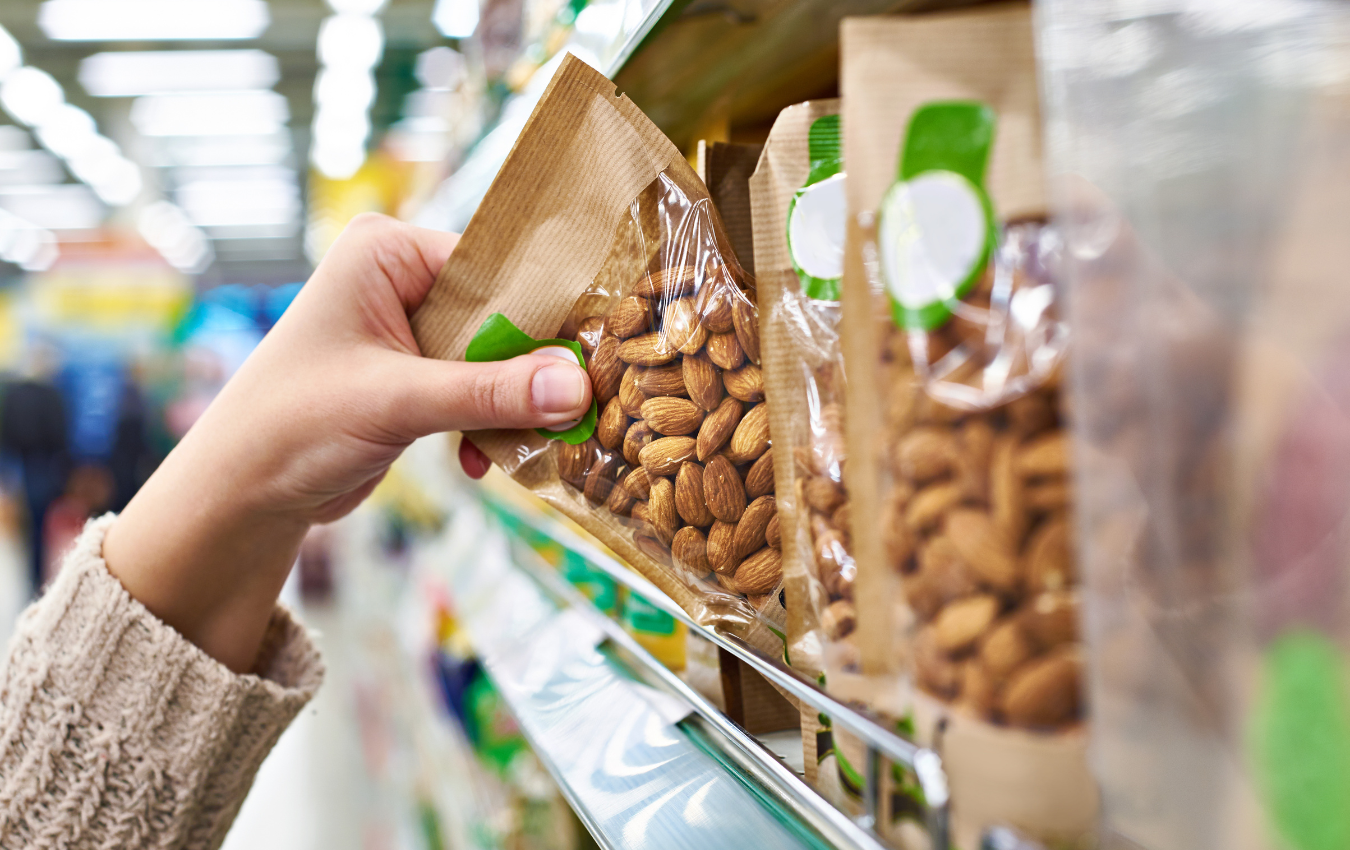
The flexible packaging industry is experiencing a significant evolution as it leans into more sustainable practices. Amid growing environmental concerns, there’s a strong movement within
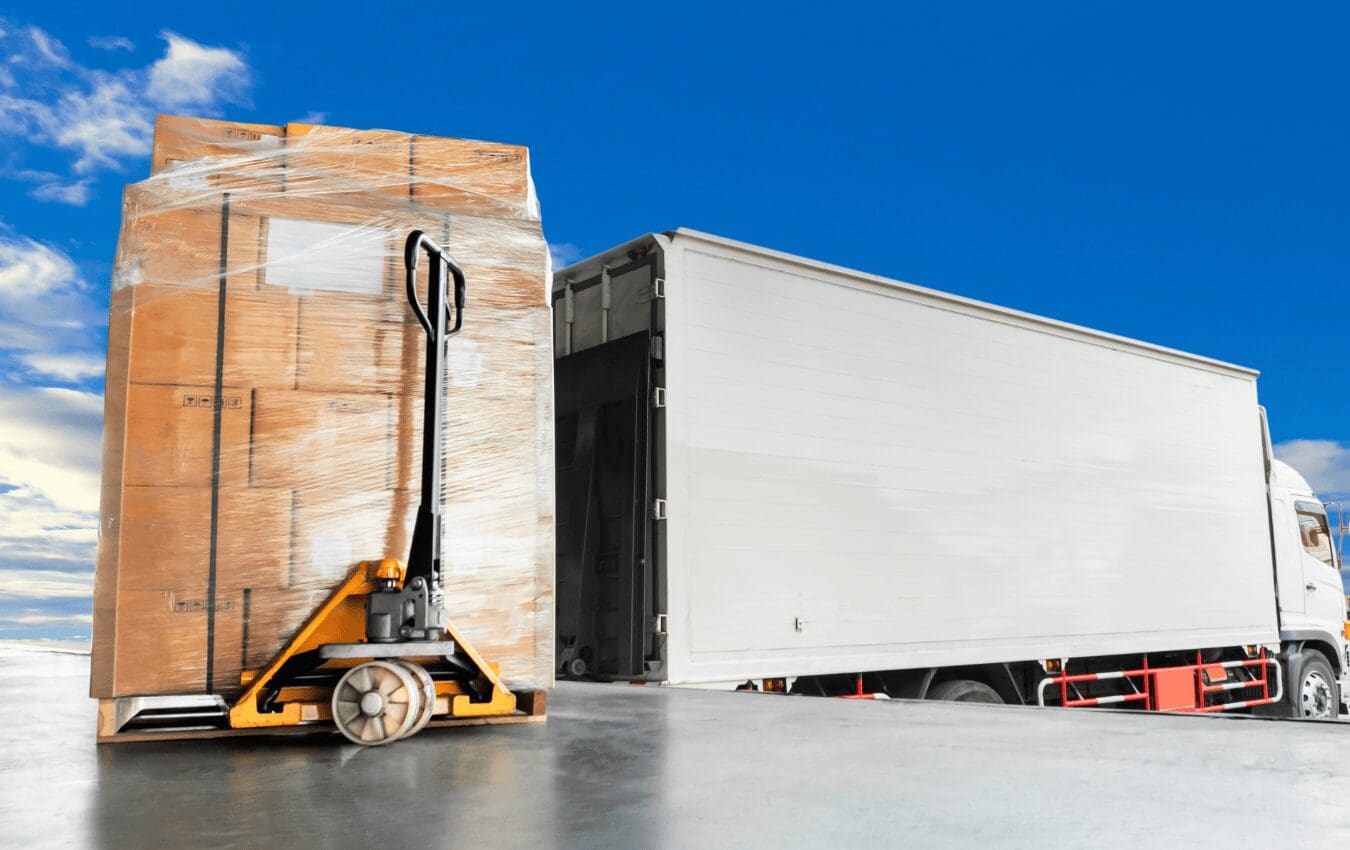
There are many factors that can contribute to the cost of packaging with freight being no exception. Freight is the process of transporting your product
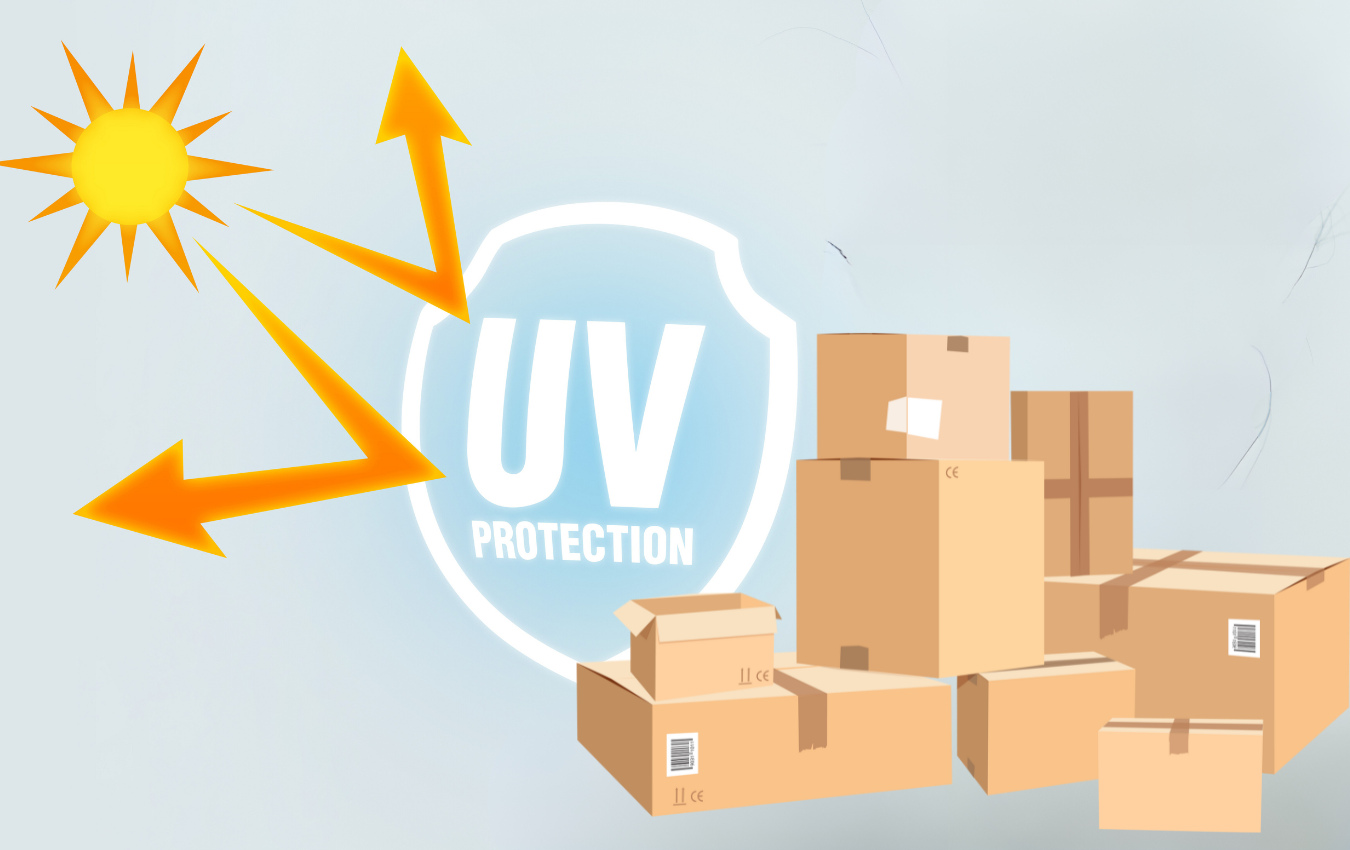
Ultraviolet (UV) rays can have detrimental effects on product packaging, leading to faded colors, weakened materials, and compromised product integrity. In industries where products are


